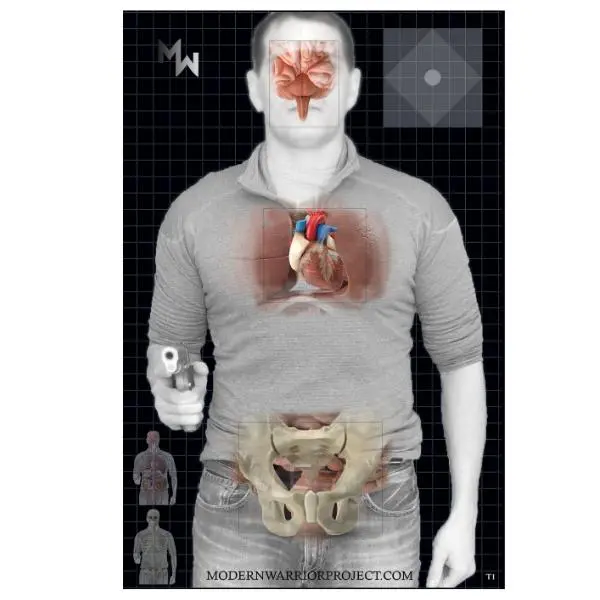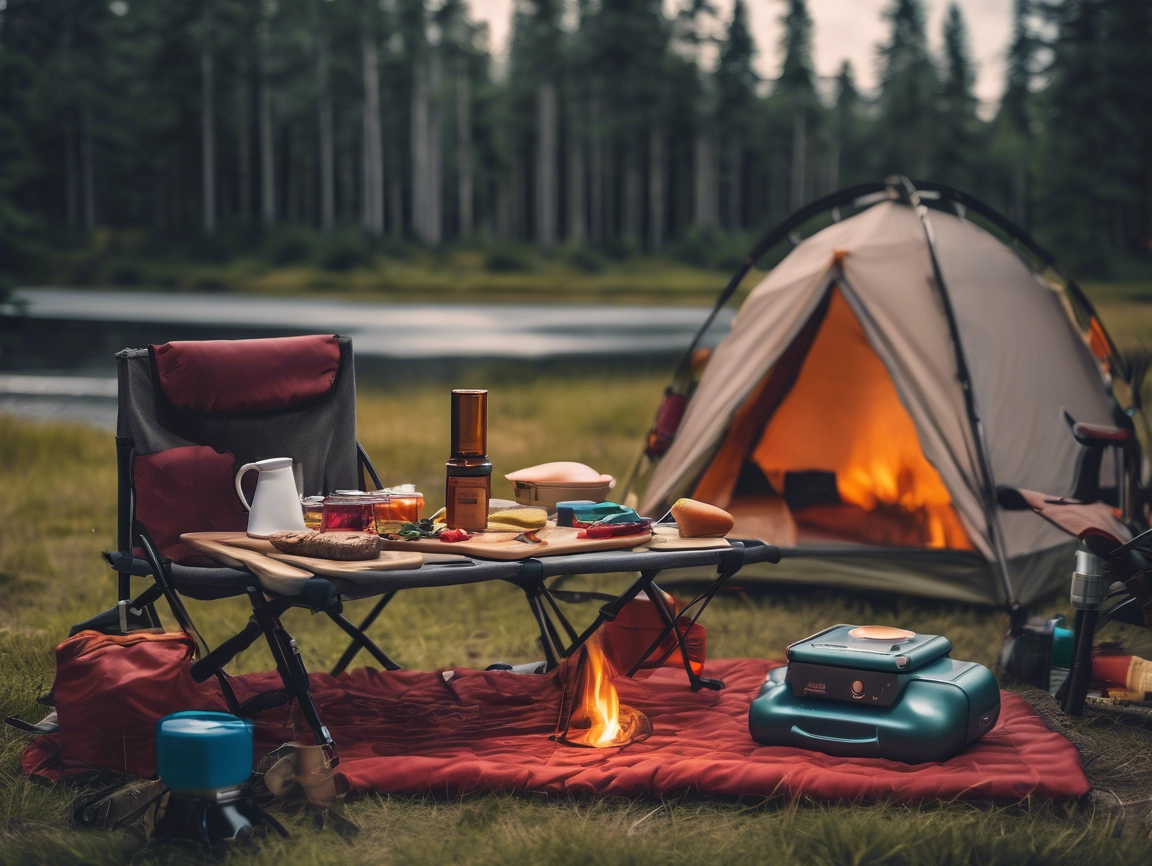There is a multitude of reasons you could find yourself needing an improvised shelter. Maybe you truly have found yourself in a survival situation, or maybe you simply want to practice your survival skills. Regardless of the reason, the basic consideration of selecting a survival shelter location that fits your particular scenario needs to be addressed. In this article, I’m going to walk you through basic considerations for just that.
So there you are deep in the wilderness, you’ve prioritized your survival needs utilizing the AIM (Assess, Inventory, Manage) approach while also considering the Survival Rule of 3. You’re now at the point you’re ready to begin working on your wilderness survival shelter so you can tuck in for the night. But, it’s not as simple as just start building. You need to select a proper, safe, and efficient location for the best experience and survival probability.
One quick note before we dig into the details of determining the ideal shelter location. Much depends on your particular situation and as such it’s not always a one size fits all. Are you in a hostile area or wanting to be found, what are the climate conditions, etc… In creating this article my hope is to give you some overall general guidelines and principles to work from. Couple that with your (ideally) continually growing survival skills and you’ll be ready for whatever Murphy throws at you.
Location, Location, Location
Most of us have heard the ‘Location’ mantra at some point or another, but it’s typically related to the real estate industry. Well, it’s highly appropriate in the survival shelter discussion as well, and there are a number of things to consider so let’s tackle them one at a time.

General Build Site Considerations
When selecting your actual build site you want to choose something flat, dry, and relatively clear of debris such as rocks and roots. Of course, you will likely have to clear it out some, but less work is better. A very important consideration is making sure you are clear of any widowmaker’s potential falling radius. Widowmakers are standing dead trees or other potential falling hazards (loose limbs, fallen treetops) that could come loose and crush you.
Scan the area and look for signs of large water runoff or past flooding. Along those lines, you want to avoid dry creek beds and ditches as a flash flood could occur and seriously disrupt the whole ‘survival’ part of your agenda.
• 2 Person Mylar Emergency Shelter Tube Tent + Paracord • Year-Round All Weather Protection for Hiking, First Aid Kits, & Outdoor Survival Gear
Natural Shelter
Don’t overlook the potential use of a natural shelter that meets your needs. Caves, Boulders, Large tree hollows, and other similar naturally occurring sites can be a potential good shelter location. Just ensure the rest of the points in this article are also good to go (ie. don’t pitch camp in a bear den) and you may save yourself a good bit of work with the right find.
Elevation
How high should you place your shelter site? Here we want to consider a few different things. As mentioned earlier we don’t want to place ourselves in any flood zones which are obviously low areas. Another concern with low areas dependant on the climate and surrounding area are avalanches, mudslides, and falling rocks.
Cold air sinks so this is also something to consider when factoring in elevation. That said we don’t want to place our shelter on the top of a hill as it creates other challenges such as strong winds and generally uneven terrain. If you are forced to set up in such an area your best bet is typically about 3/4 of the way up the hill as it mitigates most issues on both sides of the arguments.
Poisonous Plants
Ensure you don’t place your site against any poisonous plants (Poison Oak, Poison Ivy, etc..). Also, make sure you don’t inadvertently use any such plants in your construction.

Wildlife
Natural wildlife is a survival consideration in many ways. For the purpose of your shelter site, you want to avoid and protect yourself from them as compared to capture and eat them. With this in mind ensure you don’t place your shelter on a game trail.
Also, you want to avoid butting up too close to a food source such as a fruit tree because they attract both animals and insects; let alone the fact you don’t want a coconut dropping on you in the middle of the night. And of course, look around the area and ensure you don’t see any obvious heavy population of insects.
Finally, keep in mind that while you want to have good proximity to a water source you don’t want to be too close as it will likely host insects (mosquitoes, etc..), house potential predators (gators), and attract wildlife.
Don’t forget to look down and up. In particular look for any burrows or likely snake habitats and up for bee and wasp nests.
Resources
When selecting the right place to start building you need to consider the available resources and proximity to your temporary homesite.
Building Materials: Are there abundant supplies available to facilitate the shelter build you’re planning?
Needs: Are other resources located in reasonable proximity that you will likely need during your stay. Things such as food and water. You don’t want to set up too close to water, but you certainly don’t want to have to walk five miles every time you need to gather some either.
Conclusion
These are some basic guiding principles that will go a long way to you selecting an ideal site for your survival shelter. There are always other factors given any particular situation, but if you follow these rules in general you’ll better your odds and lessen the suck factor exponentially.































